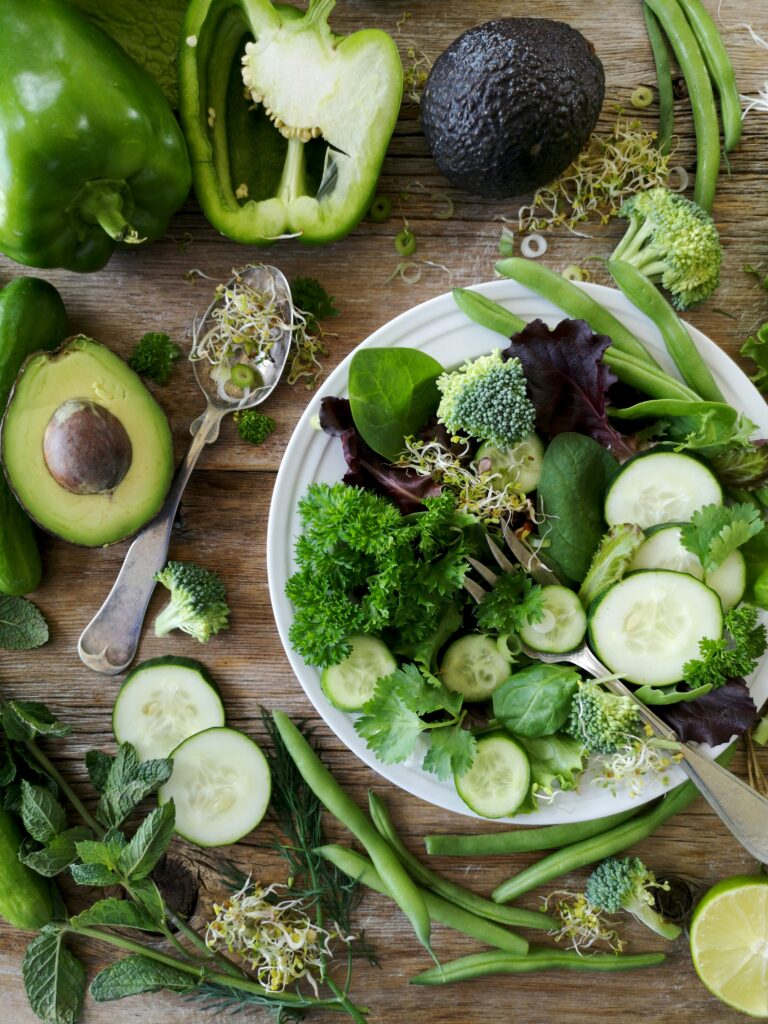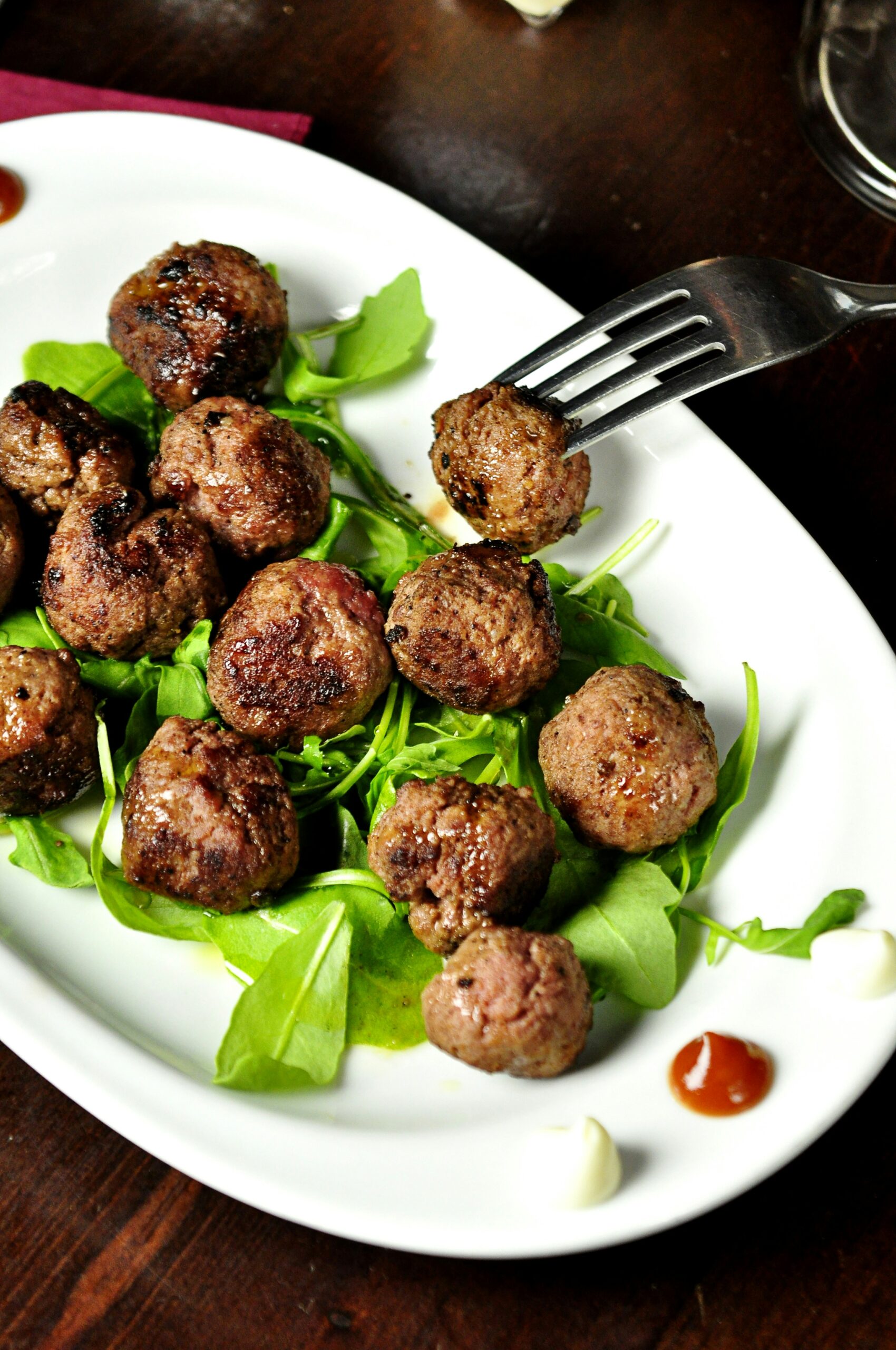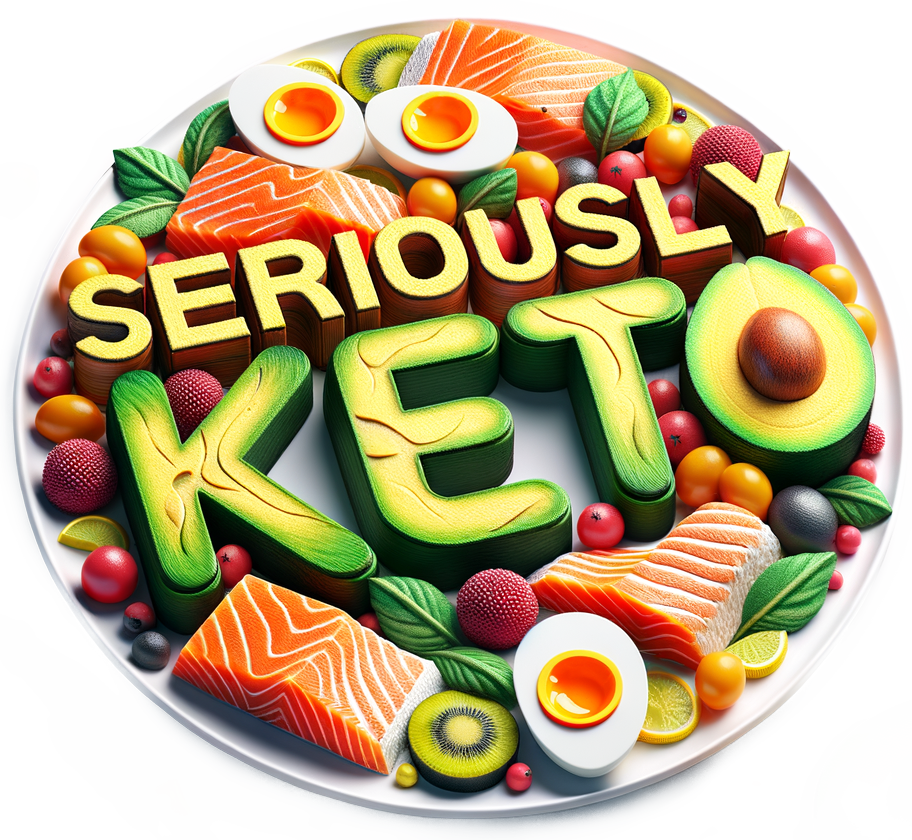Have you ever wondered what exactly a keto meal plan is? The ketogenic diet, or keto for short, has been growing in popularity due to its potential for rapid weight loss and numerous health benefits. It’s a low-carb, high-fat eating plan that changes the way your body burns energy, and people all around the world are giving it a try. But how exactly does one start with a keto meal plan and what does it involve? Let’s explore the details so you can decide if this is the right choice for you.

Understanding the Keto Diet
Before diving into meal plans, it’s essential to understand what constitutes a keto diet. This diet is primarily characterized by a drastic reduction in carbohydrate intake and its replacement with fat. The objective is to get your body into a state called ketosis.
What is Ketosis?
Ketosis is a metabolic state wherein your body switches from burning carbohydrates to burning fats for its primary energy source. Typically, your body relies on glucose (a type of sugar) for energy. However, with minimal carbohydrates to convert into glucose, your liver begins to convert fat into ketones, which are then used as an alternative energy source.
Benefits of a Keto Diet
Many people turn to keto for its potential health benefits beyond weight loss. Some of the reported advantages include improved mental clarity, increased energy levels, enhanced focus, and better control over blood sugar levels. Moreover, it can assist in reducing the risk factors for certain diseases, including heart disease and some forms of cancer.
Nutritional Breakdown
A keto diet typically consists of the following macronutrient ratios:
- Fat: 70-80%
- Protein: 10-20%
- Carbohydrates: 5-10%
These percentages might vary based on individual goals and requirements, but maintaining a high-fat, adequate-protein, low-carb balance is the essence.
Components of a Keto Meal Plan
Creating a successful keto meal plan requires thoughtful selection of ingredients to ensure that you meet your nutritional needs while staying within the carb limit.
Selecting the Right Fats
Fat is a primary component of the keto diet, so choosing the right kinds is crucial. Opt for healthy fats like avocados, nuts, seeds, olive oil, and fatty fish, which offer numerous health benefits.
Choosing Proteins
Protein is necessary for muscle repair and growth, yet too much can hinder ketosis. Stick with moderate portions of lean meats, poultry, fish, eggs, and plant-based proteins such as tofu.
Limiting Carbohydrates
The goal is to limit carbs significantly, often to around 20-50 grams per day. Focus on low-carb vegetables like leafy greens, zucchini, and cauliflower, which provide essential fibers and vitamins without kicking you out of ketosis.
Importance of Electrolytes
Since a keto diet can cause rapid water loss along with essential minerals, ensuring you have enough sodium, potassium, and magnesium is key. Incorporate electrolyte-rich foods or consider supplements to prevent deficiencies.
Planning Your Keto Meals
Embarking on a keto journey means transforming the way you think about meals. Let’s break down a daily meal plan to help you visualize what a day’s worth of keto-friendly food looks like.
Sample Meal Plan
Below is a balanced meal plan that aligns with keto principles:
| Meal | Description |
|---|---|
| Breakfast | Scrambled eggs with spinach cooked in coconut oil |
| Snack | Handful of almonds |
| Lunch | Grilled chicken salad with olive oil vinaigrette |
| Snack | Sliced avocado sprinkled with sea salt |
| Dinner | Salmon cooked in butter with a side of roasted cauliflower |
| Dessert | Keto-friendly chocolate mousse |
Tips for Success
- Meal Prep: Preparing meals ahead of time can help you stick to your plan and avoid temptations.
- Stay Hydrated: Drinking plenty of water assists with digestion and helps manage hunger.
- Track Your Macros: Using an app to monitor your carbohydrate intake ensures you stay within limits necessary for ketosis.
Adjusting to the Keto Lifestyle
Transitioning to a keto diet can be challenging at first, especially if carbohydrates were a staple in your former diet. However, a few strategies can make this adjustment smoother.
Overcoming the Keto Flu
In the initial stages of your keto diet, you might experience what’s known as the “keto flu”—a collection of symptoms like fatigue, headaches, and irritability. Combatting this involves staying hydrated, getting enough rest, and replenishing your electrolytes.
Social Situations
Navigating social events on a keto diet might seem daunting. Dining out or attending events doesn’t mean you have to compromise your diet. Seek keto-friendly menu options, don’t hesitate to ask for substitutions, and if possible, eat before you go to avoid temptations.

Customizing Your Meal Plan
As with any diet, what works for one person might not work for another. It’s vital to customize your meal plan based on your tastes, lifestyle, and goals.
Personal Preferences
Choose foods you enjoy to ensure the meal plan is sustainable. Exploring different keto recipes can add variety and excitement to your diet.
Aligning with Fitness Goals
If you have specific fitness goals, such as building muscle or increasing endurance, it might be necessary to adjust your protein and fat ratios accordingly. Consulting with a nutritionist can provide tailored guidance.
Monitoring Progress
Keeping track of your progress is key to staying motivated. Regularly measuring ketone levels, whether through blood, breath, or urine tests, can confirm if you’re in ketosis. Additionally, note improvements in energy levels, weight loss, and overall well-being.
Common Keto Myths Debunked
Despite its popularity, many myths and misconceptions about the keto diet persist.
Keto is a High-Protein Diet
One common myth is that keto is a high-protein diet. While protein is essential, the focus is primarily on fats. Consuming too much protein can convert it into glucose in your body, potentially disrupting ketosis.
Keto is Dangerous
Concerns over the safety of a keto diet often arise, particularly about its high-fat content. However, when done correctly with an emphasis on healthy fats and maintained under professional supervision, keto can be safe for most individuals.
Keto Causes Nutrient Deficiencies
While a restrictive diet can potentially result in nutrient shortages, incorporating a wide range of low-carb vegetables and sufficient protein and fat sources can help meet nutritional needs.

Conclusion
Ultimately, a keto meal plan can be a powerful tool for those looking to lose weight, improve energy levels, and gain numerous health benefits. Understanding the components of this diet and how to successfully plan your meals is crucial. By embracing a balanced approach and paying attention to your body’s responses, the ketogenic lifestyle may well be the transformative experience you’re seeking. Embarking on any dietary change should be discussed with your healthcare provider to ensure it aligns with your health needs and objectives.

